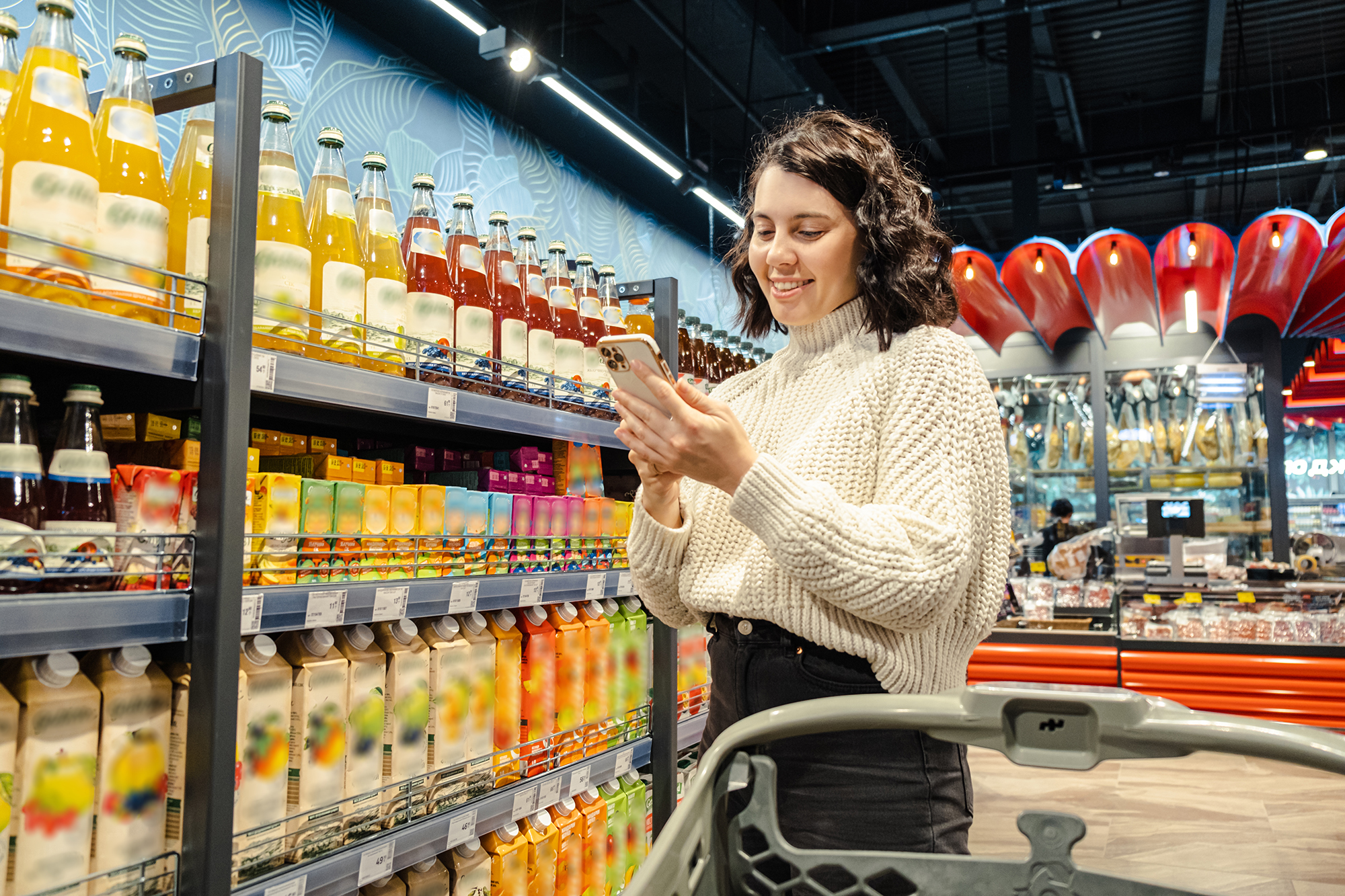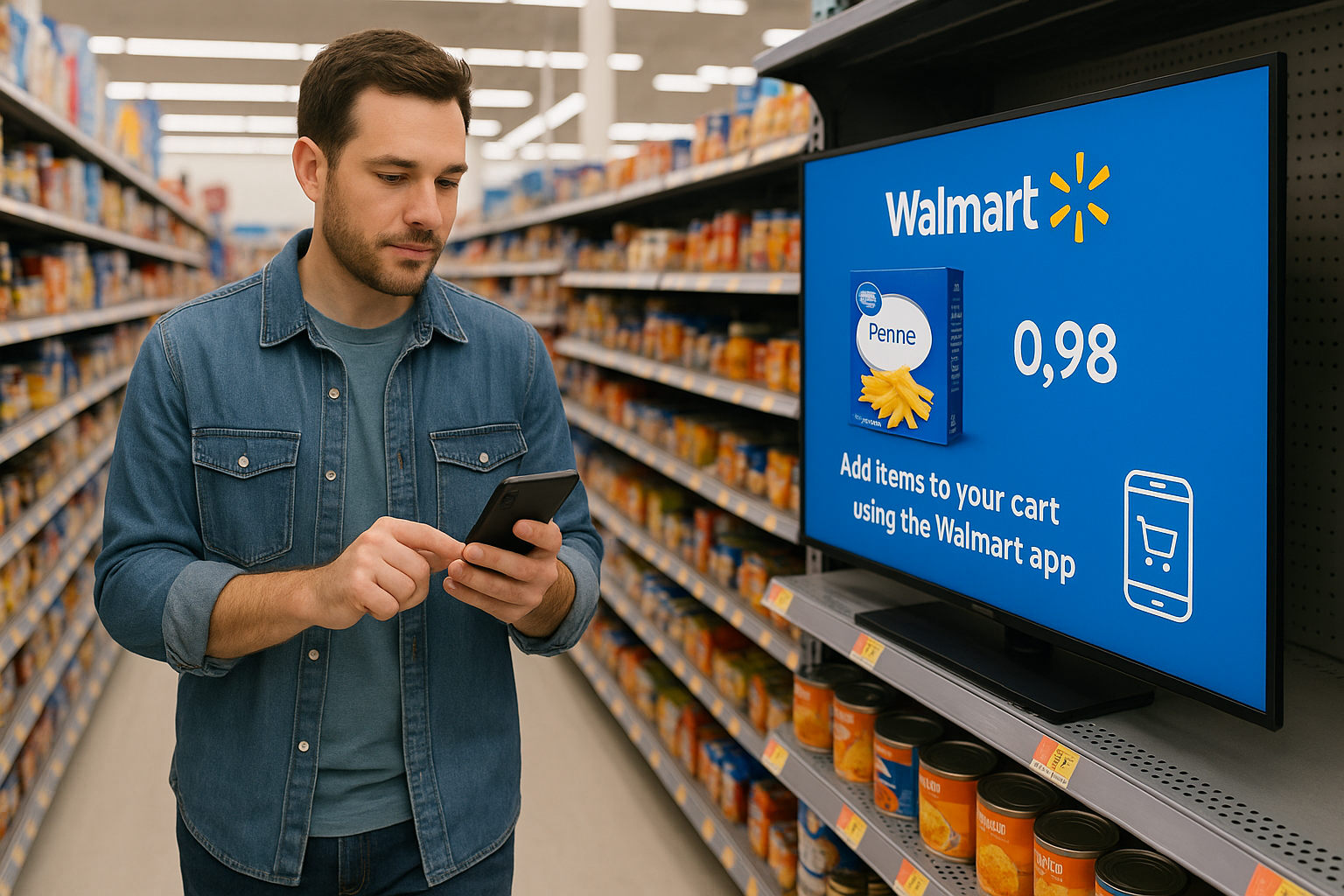Explore why grocers must prioritize digital-first strategies to secure profitability and maintain market share in an evolving landscape.
Table of Content
Summary
As digital grocery channels mature, grocers are at a crossroads: evolve into digital-first businesses or risk losing ground to competitors. This report examines the critical strategies grocers must adopt to stay competitive, emphasizing that online profitability hinges on integrating digital channels as core components of their business, rather than viewing them as supplementary.
Grocers can no longer rely solely on traditional in-store sales. With major players capturing market share through seamless online experiences, grocers must elevate their digital capabilities, from personalization and targeted promotions to streamlined logistics. Digital transformation isn't just about adding e-commerce—it’s about rethinking the entire customer journey to engage high-value shoppers across all channels.
The report further explores how grocers can drive profitability by optimizing digital order fulfillment, investing in automation, and building proprietary digital channels to reduce reliance on third-party platforms. These steps are essential to create a sustainable digital model that not only meets customer expectations but also enhances long-term profitability and customer loyalty.
Why you should download this report
- Digital-first approaches drive market relevance. The report highlights that grocers must shift towards digital-first strategies as the grocery industry faces increasing pressure from major players like Walmart, which is projected to capture 41.4% of the online grocery market by 2030.
- Integrated omnichannel experiences increase customer value. According to the report, omnichannel shoppers, who use both online and in-store options, represent the most valuable segment, spending 1.5x more than single-channel shoppers and demonstrating a 25.6% average margin.
- Optimizing fulfillment for digital orders reduces costs. The report points out that fulfillment costs—such as picking, packing, and last-mile delivery—are significant challenges. It discusses how grocers are exploring automation and logistics improvements to lower these costs and improve profitability.
- Proprietary channels improve control over customer experience. The report shows that 89% of grocery executives are concerned about losing customer connections due to third-party platform reliance, and 83% view these platforms as potential competitors, prompting a shift toward proprietary digital channels.
- Personalized engagement drives larger baskets and loyalty. The report emphasizes that personalization, through targeted offers and recommendations, can increase basket sizes and drive customer loyalty, providing grocers with a way to maximize the value of each transaction.
Survey Demographics
This report is based on comprehensive research conducted in 2024, involving 213 grocery executives in the U.S. These leaders, primarily at the director level or above, represent companies generating over $1 billion in revenue. Their insights offer a forward-looking perspective on how grocers can adapt their strategies to thrive in a digitally dominated landscape, providing a clear roadmap for those committed to a digital-first evolution.

.png)


.png)



.JPG)


.png)

